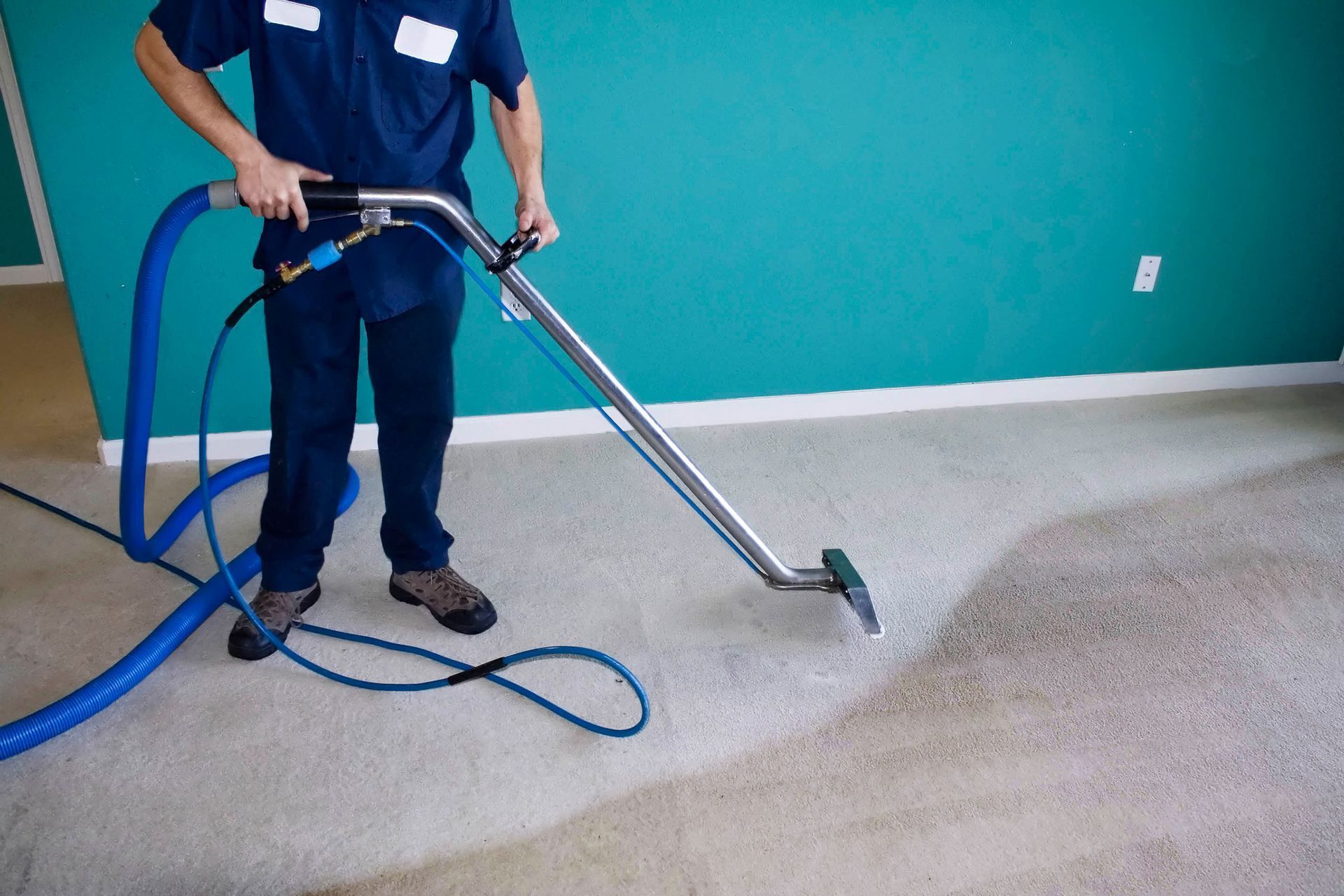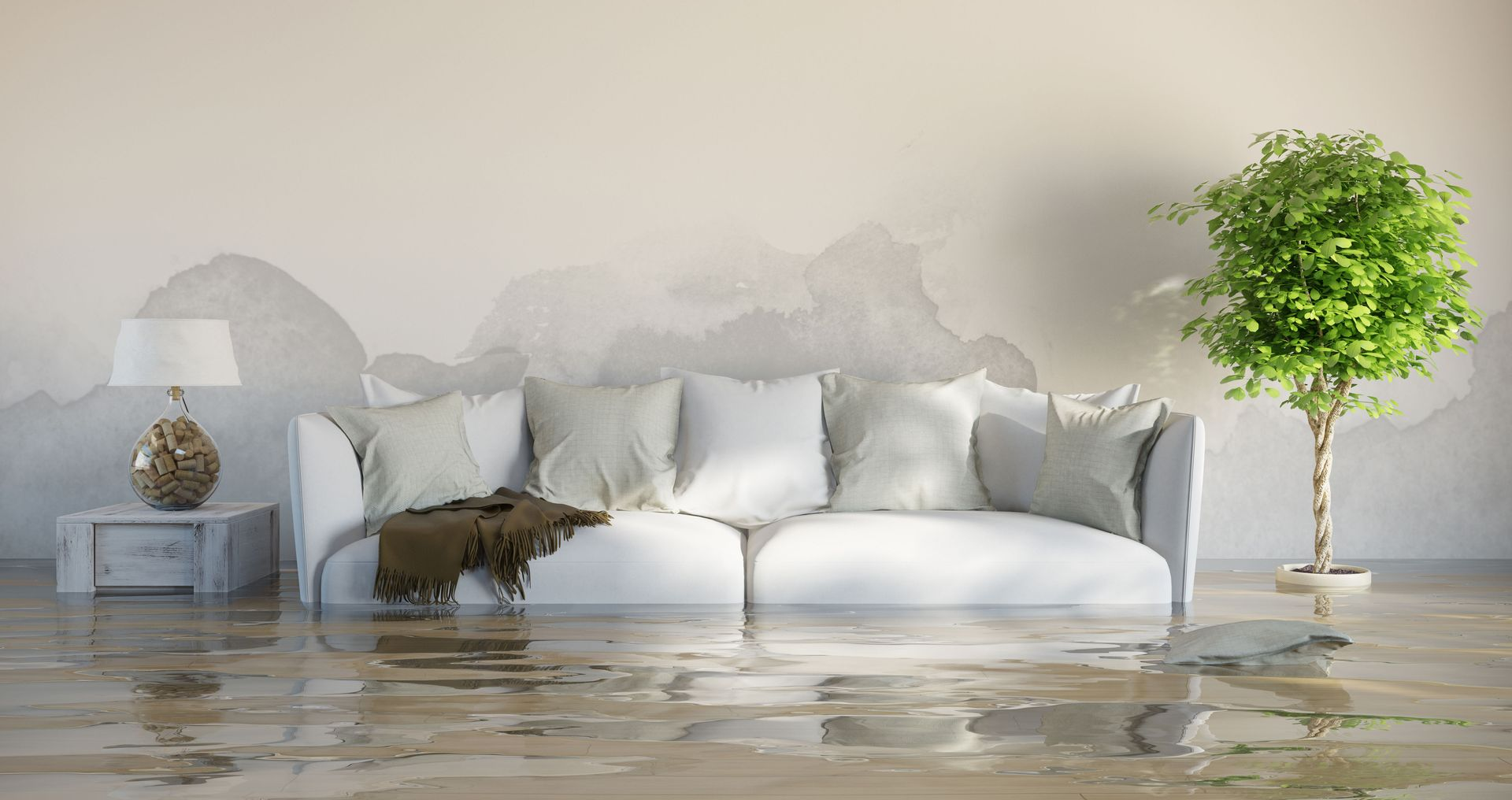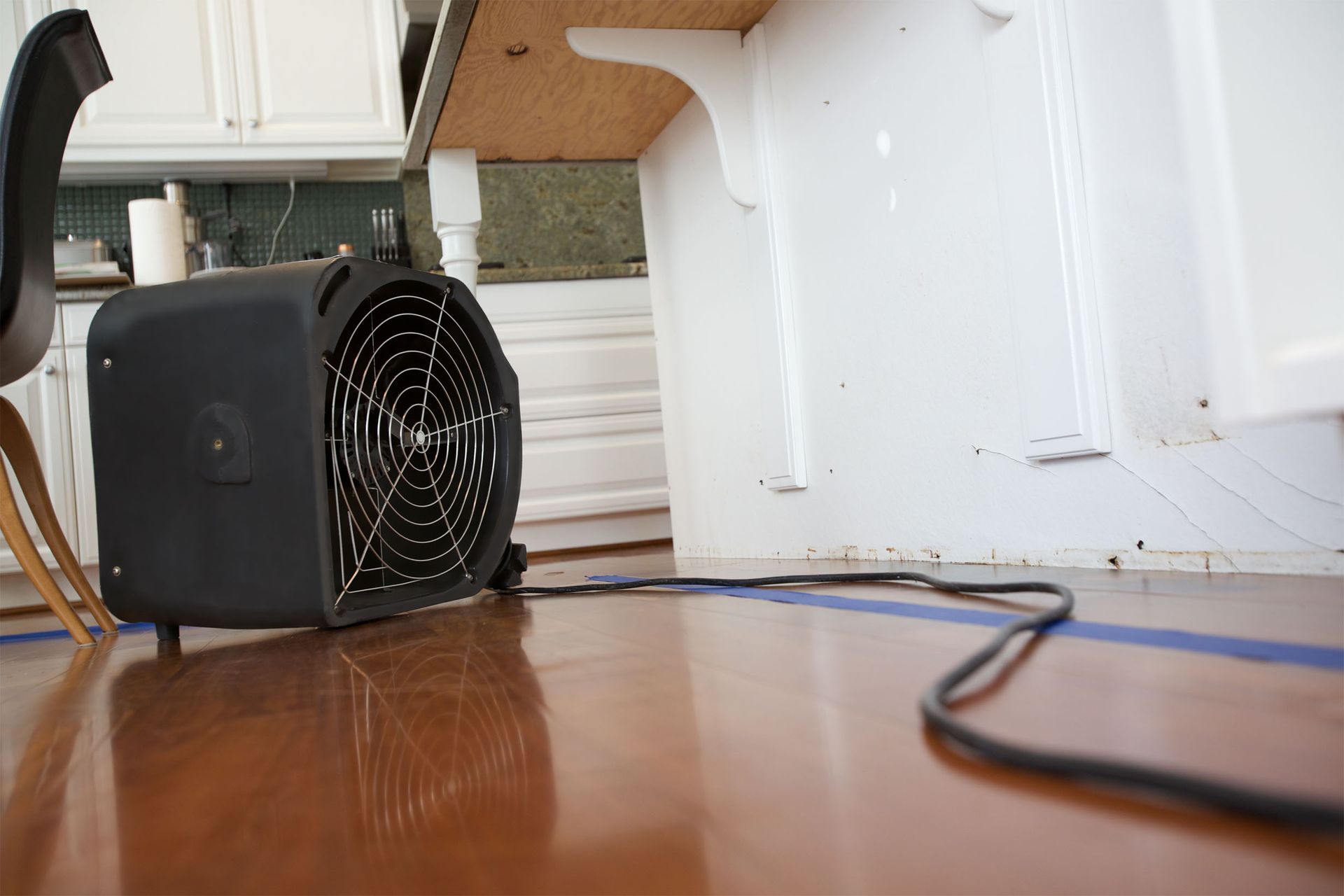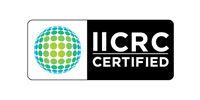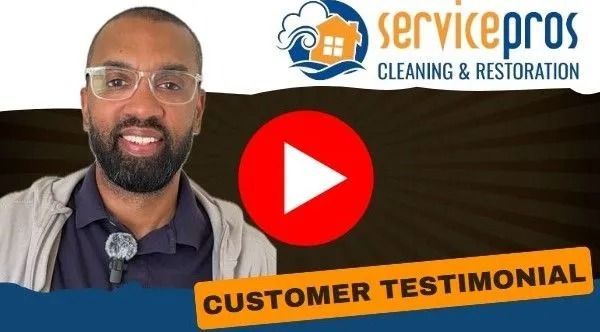September 26, 2025
Water damage restoration is a vital process that demands careful attention and precision at every step. Unfortunately, many homeowners unknowingly make mistakes that worsen the situation instead of improving it. From delaying action to using improper cleaning methods, these errors can lead to costly and long-lasting consequences. This article highlights the most common missteps in water damage remediation and provides guidance on how to avoid them for a smoother, more effective recovery.
1. Failing to Act Quickly
The speed of response is pivotal in effective water damage restoration. Quick action is necessary to mitigate secondary damage such as mold growth and structural issues. Homeowners must understand that water can penetrate various materials, causing progressively severe damage over time. In the chaotic aftermath of a water incident, understanding the urgency can be the difference between manageable damage and an uninhabitable home.
Delaying action can lead to a multitude of issues. Prolonged water exposure can weaken structural components of the home, leading to costly repairs. According to iPropertyManagement.com, home water damage affects 14,000 people every day, emphasizing the widespread impact of such delays. Immediate remediation efforts can significantly reduce the overall cost and time needed for repairs.
Having a preemptive plan can significantly enhance response times in the event of water damage. Homeowners should outline clear steps to follow, including who to contact and how to safely manage immediate threats. Knowledge of emergency services and local resources can expedite the initial cleanup, reducing longer-term impacts. Preparedness ensures that all parties involved understand their roles, facilitating a coordinated and timely response.
2. Performing an Inadequate Assessment of Damage
One of the major challenges in water damage restoration is identifying hidden damage. Water can seep into the unseen areas, such as under carpets, inside walls, and within ducting. Many homeowners may not realize the extent of the damage because the surface might only show minimal signs of water presence. Left unchecked, these hidden damages can lead to significant structural issues and mold growth.
While DIY assessments can be tempting, professional evaluations are critical for a comprehensive understanding of water damage. Experts can accurately identify all affected areas, including those that may be overlooked by untrained eyes. Their experience allows them to predict potential issues that might arise from the damage while providing solutions tailored for prevention. Engaging professionals early can save time and money by ensuring all damage is addressed correctly from the start.
Documentation is a crucial step in the water damage assessment process. Photographs, videos, and detailed notes are valuable in capturing the full impact of the incident. This documentation not only assists in remediation but also proves invaluable when dealing with insurance claims. A well-documented assessment lays the groundwork for a clear and actionable remediation plan.
3. Using Improper Water Extraction Methods
The selection of appropriate equipment is vital for effective water extraction. Different situations require specific tools, such as wet vacuums, submersible pumps, and industrial dehumidifiers. The right equipment can ensure comprehensive removal of excess water, reducing the risk of residual damage. Using inappropriate tools can lead to incomplete extraction, leaving moisture behind that can cause future problems.
Incomplete water extraction poses serious risks by allowing moisture to linger in affected areas. This residual moisture can create an environment conducive to mold growth and further decay of structural materials. Homeowners may face costly repairs and health hazards due to mold exposure if this issue is not addressed. Comprehensive extraction reduces these risks and starts the drying process on the right foot.
Preventing additional damage is one of the main goals of effective water extraction in the water damage restoration process. Thoroughly removing water helps reduce the risk of lingering issues like structural weakening or mold growth. Using the right techniques and equipment is essential, since improper methods can cause further property damage and costly repairs. By taking proactive steps to prevent secondary damage, homeowners can protect both their immediate recovery and long-term peace of mind.
4. Neglecting Mold Growth Prevention
Mold thrives in specific environmental conditions that are common post-water damage. High humidity combined with organic materials like wood and drywall creates an ideal habitat. Once mold takes hold, it can rapidly colonize and spread throughout the affected areas. Recognizing the conditions that promote mold is pivotal in taking preemptive measures. Actively mitigating these risk factors can save homeowners a significant amount of time and money.
Identifying mold hotspots is a crucial part of the water damage restoration process, as it helps prevent future growth. Areas like basements, bathrooms, and spaces with poor ventilation are especially vulnerable. By monitoring these locations closely, homeowners can apply targeted preventive measures to reduce risks. Regular inspections for early mold signs make detection and remediation faster and more effective.
Effective mold prevention employs a combination of strategies to manage moisture. Dehumidifiers, improved ventilation, and timely repairs of leaks are integral techniques. Application of mold-inhibiting products can also slow or prevent mold growth. This multi-faceted approach is best in mitigating the condition needed for mold proliferation. Taking such preventative steps ensures healthier living conditions and protects property investments.
5. Ignoring Health and Safety Protocols
Adhering to health and safety protocols is critical during remediation to protect both workers and residents. Protective gear, such as gloves, masks, and eye protection, shields individuals from harmful exposure. Water-damaged areas can harbor toxic substances and irritants, emphasizing the need for such precautions. Wearing appropriate safety gear ensures safe handling procedures are followed during cleanup activities.
Water-damaged environments pose numerous safety hazards that necessitate caution. The presence of water near electrical components can lead to shock risks, while loose flooring and wet surfaces increase slip hazards. Structural instability from weakened materials further heightens the danger in such settings. Awareness of these hazards enables appropriate precautionary measures and the establishment of safer work conditions.
Water damage can expose hazardous substances, such as asbestos and lead, often found in older buildings. These materials become particularly dangerous when disturbed, reinforcing the importance of professional intervention. Recognizing the presence of these substances is crucial to implementing safe remediation practices. Testing and identification of hazardous materials should be a priority in remediation planning.
6. Overlooking Long-term Implications
Conducting follow-up inspections is an essential step in successful water damage restoration. These ongoing checks help identify lingering moisture or potential mold growth that may have been missed during initial cleanup. By confirming that all areas are fully dry and stable, inspections prevent further deterioration and costly repairs. Catching minor issues early ensures they don’t escalate into major problems, making periodic inspections a key part of long-term restoration success.
Unresolved water damage issues can have substantial financial implications. Neglected repairs may evolve into major structural issues that are costly to rectify. Persistent mold problems can decrease property value and necessitate expensive legal and health expenditures. Addressing all problems thoroughly and without delay safeguards financial investments.
Learning from water damage experiences is essential for implementing future preventive measures. Identifying the causes and weaknesses that led to the damage allows for strategic improvements. Enhancing water drainage systems, installing sump pumps, and ensuring proper sealing can mitigate risks. Preventive steps protect properties from subsequent water events, reducing future remediation needs.
Effective water damage restoration requires attention to detail, prompt action, and a thorough understanding of the potential pitfalls. By avoiding these common mistakes, homeowners and professionals alike can ensure a more successful recovery process, prevent long-term damage, and maintain the safety and integrity of the property. If you're dealing with water damage to your property, contact ServicePros of Northern Virginia.
